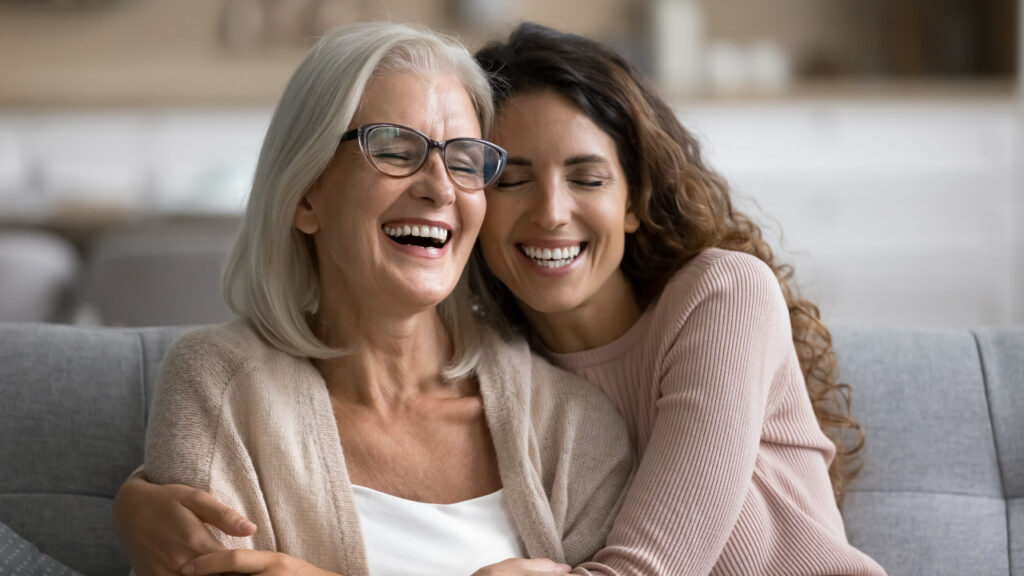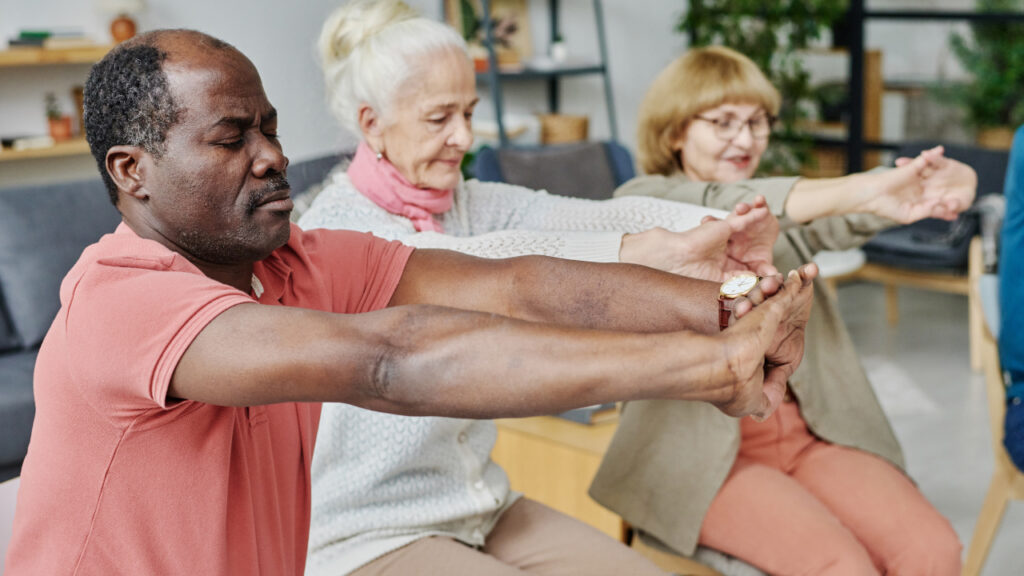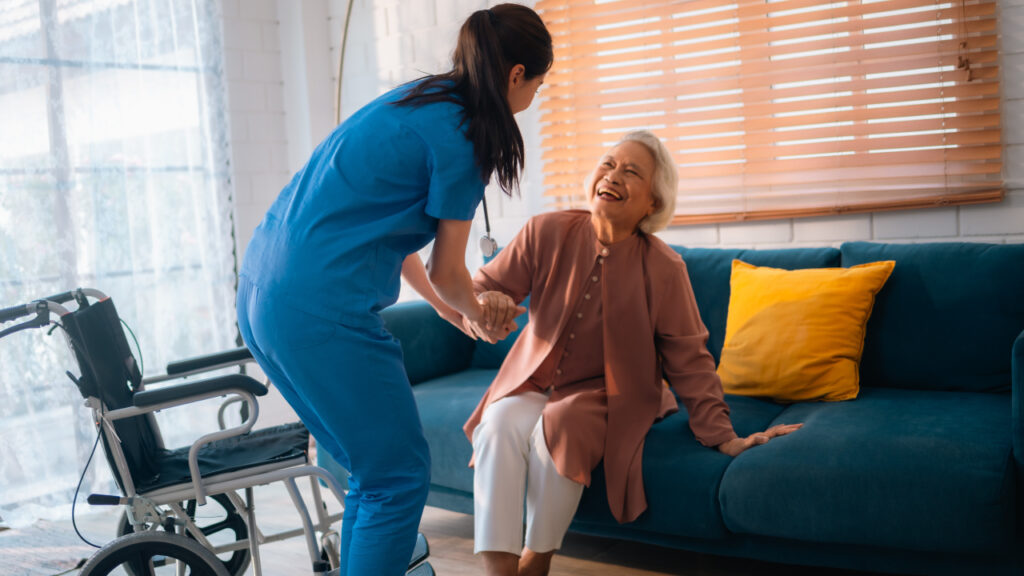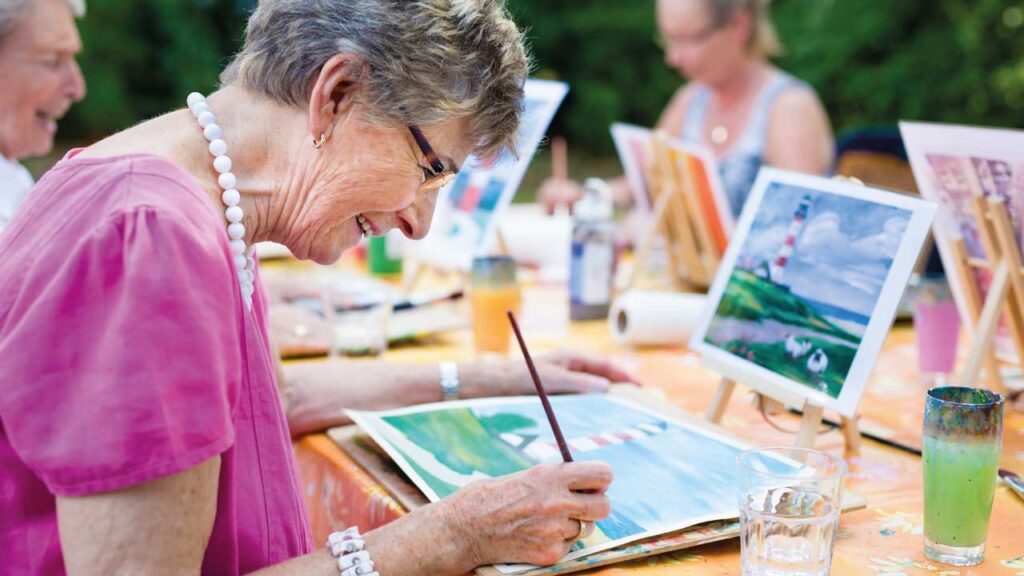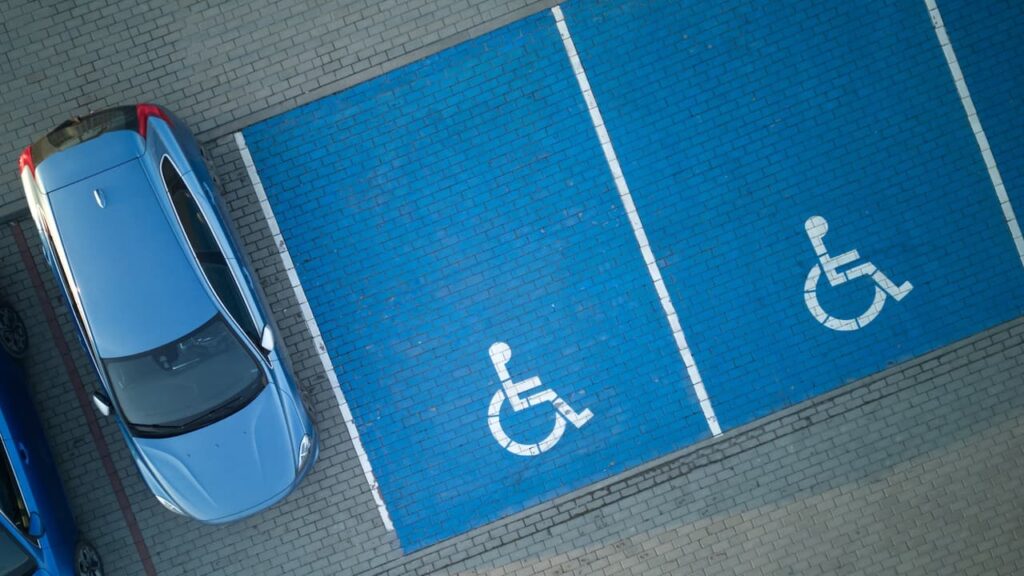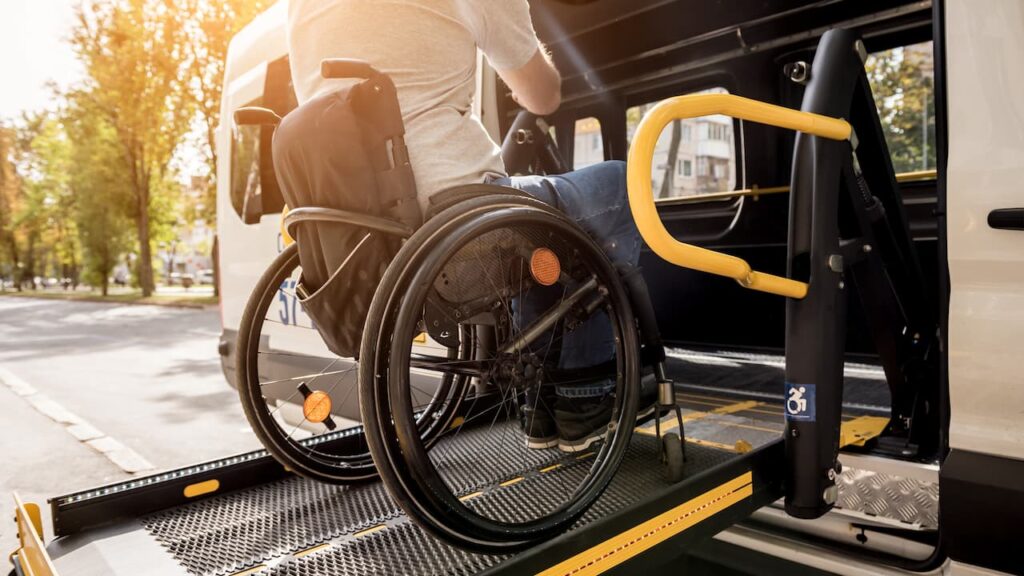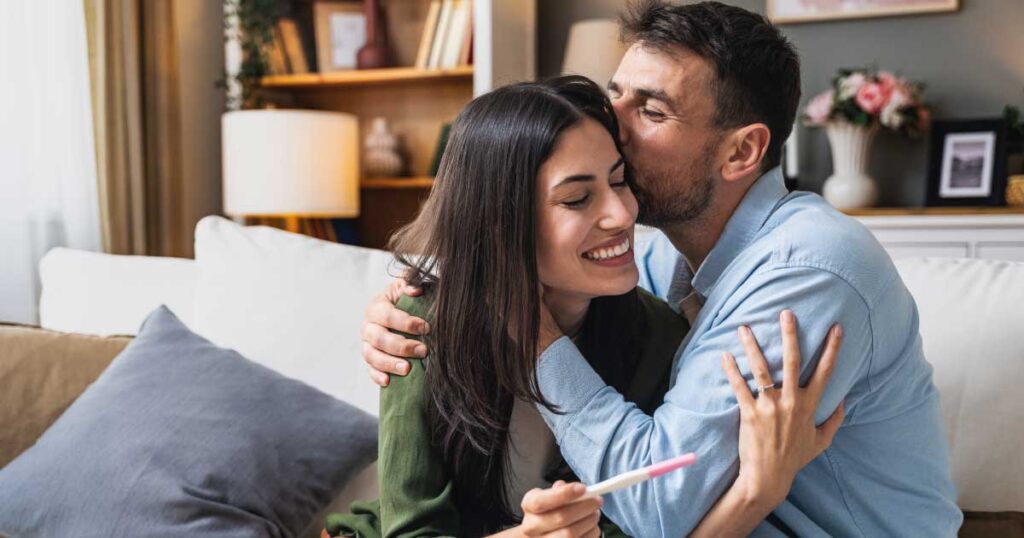Communicating with the elderly: how to make interaction more effective
Communicating with the elderly requires more than speaking clearly, it requires empathy, patience and adaptation. As we get older, our bodies undergo physical, cognitive and emotional changes, which can alter the way we understand and interact with those around us. Communication is essential so that the message transmitted is understood and well received. Key points of the article The importance of adapting communication in old age Common barriers: hearing, vision, memory and emotional factors Effective strategies: clear language, active listening and non-verbal communication Adapting to different contexts: health, home and public services Useful resources for caregivers and professionals. Why is it important to adapt communication in old age? In order to maintain autonomy, self-esteem and quality of life in old age, it is essential to adapt communication when talking to this audience. Empathetic and effective interaction can reduce feelings of isolation and prevent misunderstandings in both health and family contexts. The important thing is to respect each person’s needs and difficulties. Main barriers in communicating with the elderly Hearing and visual impairment Over the years, loss of hearing or sight is quite common and makes it difficult to understand words, facial expressions or even body language. You need to be careful not to speak too quickly, quietly or backwards to make communication effective. Cognitive changes Alzheimer’s and dementia are examples of common diseases that affect attention, memory and even judgment. This can cause frustration for both the elderly person and the person trying to communicate with them, requiring a more patient and structured approach. Emotional and social factors Loneliness, isolation and the loss of loved ones can interfere with the emotional state of the elderly and reduce their willingness to communicate. Difficulty in “not following the conversation” can cause shame or even fear and interfere with interaction. Effective communication strategies with older people Adopting strategies facilitates communication with the elderly. Here are some examples. Use of clear and slow language Using complex sentences or slang can make it difficult for the elderly person to understand you. The main thing is to speak slowly, in a calm tone of voice and articulate your words well. It’s important that you give the elderly person time to process the information and react. Don’t get impatient. Valuing active listening It may sound basic, but it’s important to show that you’re listening by maintaining eye contact and nodding your head. Active listening conveys empathy, trust and mutual respect. All fundamental elements for good communication. Attention to non-verbal communication Non-verbal communication is just as essential as verbal communication. Maintaining a calm posture, eye contact and gentle gestures reinforces the message you convey with words. A simple smile, a serene expression or a gentle touch can make the elderly person feel respected, safe and understood. How to adapt communication in specific contexts Hospitals and health care. Healthcare professionals should use simple words, confirm that the information has been well received and allow the elderly person to ask questions Family environments. Maintain a calm and receptive atmosphere. You need to encourage the sharing of stories in order to strengthen emotional bonds, but don’t forget to give them time to respond. Public services and assistance. The service should be patient, with patience and if necessary, written support. Professionals trained to deal with this age group are fundamental to the quality of the service provided. Useful resources for professionals and caregivers Some important resources that should be adopted for professionals and caregivers are: Training in geriatric communication Practical guides and manuals from institutions such as the DGS or the Alzheimer’s Association Portugal Support groups and online communities where caregivers can exchange experiences and best practices Visual and auditory support tools, such as communication boards, amplifying devices or adapted mobile applications. Whether you’re a professional, caregiver or family member, communicating empathetically with the elderly is a gesture of respect and humanity. It is through this attentive listening and genuine presence that they feel truly welcomed and included – something essential at any time of life, but especially at this delicate and valuable stage. Read our informative PDF on how to communicate with the elderly . Important links on this subject: Commission for the protection of the elderly Alzheimer Portugal ANAI – National Association for the Support of the Elderly The content of this blog is informative. They are not a substitute for medical diagnosis or treatment. Always consult a health professional. Partilhar:
Communicating with the elderly: how to make interaction more effective Read More »

